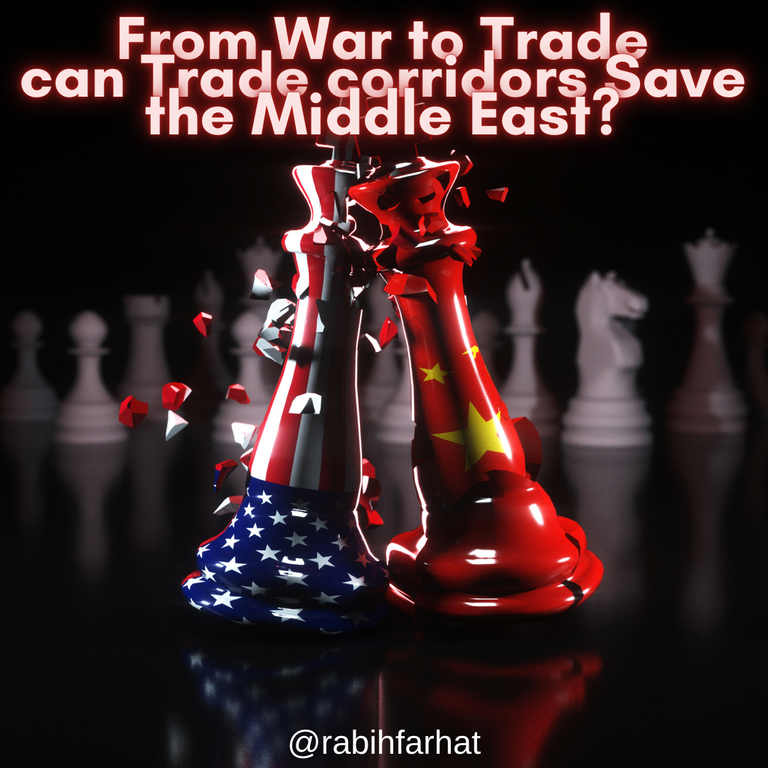Introduction
If we can identify one of the references for today’s global crises, we can say that it falls under the trilogy of “borders, influence, and sovereignty,” and without reaching agreements that go beyond the traditional frameworks of international relations; It is likely that crises in a volatile and tense region like the Middle East could easily explode or face increases in collapses, civil wars, and armed conflicts due to a defect in one of the pillars of this trilogy.

Today there is a state of confusion in light of the great challenges presented by the Ukrainian-Russian crisis, and questions related to the issue of sovereignty, influence and borders, and also with the Gaza crisis, which cannot be exited without a clear vision or a clear result because the resistance tendencies are within the fabric of a huge pump of ideas, trends and positions adopted from any faction, regardless of its intellectual or political reference.
Future projects are based on transforming the region into ports, links, and logistical areas, with the aim of finding safe economic corridors linking the continents, especially Asia and Europe.
From here, this great momentum and limited competition between these projects, most notably the Chinese Belt and Road and the Indian path between the Middle East and Europe, including these projects, which are essentially an attempt to activate “borders and influence” in order to build sustainable economic partnerships, cannot succeed without a formula of understanding that goes beyond the “one-polar” era or hegemony based solely on force, especially with massive and radical shifts in the concept of War with the unequal parties and prioritizing the issue of “costs” and the ability to engage in managing a long exhausting war.
So, the geopolitical issue today is a factor of confusion and tension in the region with the intensity of the competition between the United States and China, especially with the attempts to rally allies between the two countries and US’s attempt to neutralize the various options of countries, or in other words, activating sovereignty, national interest, and the logic of the market supply and demand which is not possible without Going beyond issues and terminology that were transferred from the field of international relations, but which cannot be influential in the geopolitical issue, including the issue of coexistence and peace, or multilateralism...etc.
Tensions on the borders, which is the closest challenge as the economic corridors projects come into effect, may contribute to creating a state of chaos and instability in the region.
Conclusion
The Belt and Road and the Economic Corridor are a call to this Chinese-American competition, but through investment in borders more than influence, and on the ground more than diplomacy in its abstract concepts, which has begun to suffer greatly in terms of its neutrality and ability to resolve conflicts.
What is required today is experience in dealing with crises and presenting a progressive vision at the level of international relations, because no project can succeed without a comprehensive vision for the solution, especially with the state of escalation and hostilities that intensified after the war in Ukraine and Gaza.
The geopolitical projects of the future represented by economic corridors, despite everything surrounding the marketing by the countries that established them, will suffer from security obstacles and great complications in a region like the Middle East, which is full of unrest and tensions (may be) for its geographical and strategic importance.
*Image designed using Canva
Posted Using InLeo Alpha